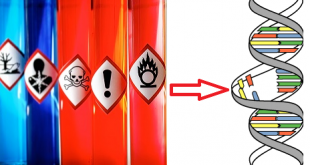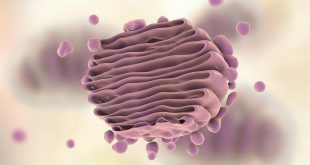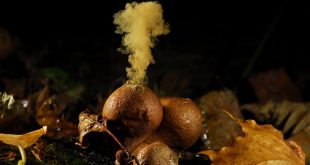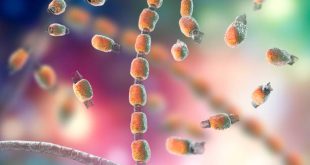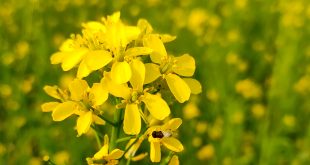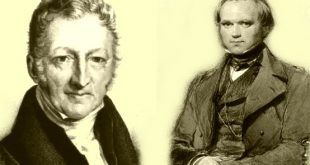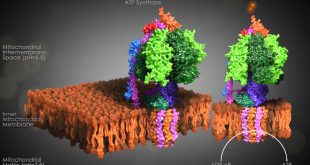Mutation breeding or mutagenesis is one of many great inventions of the 20th century. Until 1927, people thought mutation only occurred naturally. But to their surprise, they discovered that humans could even induce mutation artificially. And now in the age of biotechnology almost every plant science lab uses recombinant DNA …
Read More »TimeLine Layout
September, 2021
-
20 September
Archaea: Definition, Characteristics, Classification and Importance
Archaea are single celled organisms without a nucleus and with distinct structural, physiological and evolutionary characteristics. They inhabit a huge variety of habitats, including extreme environments. Archaea form one of the three domains of life; the others are bacteria and eukaryotes. The archaea are clearly recognizable as a unique and …
Read More » -
20 September
River Ecosystem in Bangladesh: Bangshai River (PART 1)
Do you know what an ecosystem actually is! What is it’s types, components, threats towards it! In this article we are about to discuss all this stuffs. An ecosystem is a community where living and nonliving material become mix-up. It can be a Geographical area where plants, animals and other …
Read More » -
19 September
Golgi Apparatus: The Traffic Police of Cell
Golgi apparatus is ubiquitous in cells. They are found in living cells of both animals and plants and are a dynamic structure. In animals, Golgi bodies usually appear morphologically as a cluster in one part of the cell and are interconnected with one another through tubules like a fibrous network. …
Read More » -
18 September
Mutation Breeding: Definition, History & Types
If you are a fan of Marvel comics, you have almost certainly seen the movie X-Men. Humans with superpower abilities called “mutants”, appear in this film. While human mutants with superpowers are only seen in movies, in real life mutation in humans results in mere abnormalities. For instance, having six …
Read More » -
4 September
Fungi: Sexual Reproduction
Fungi are microscopic/macroscopic eukaryotic and heterotrophic organisms exhibiting growth on various natural and synthetic substrates and are capable of continuing their function almost indefinitely. Unlike other microorganisms such as algae, fungi lack the chlorophyll necessary for photosynthesis and must therefore live as parasites or saprobes. About 80 000 to 1,20,000 …
Read More » -
3 September
Fungi: Asexual Reproduction & Reproductive Structures
The fungi constitute a group of living organisms devoid of chlorophyll. They resemble simple plants in that, with few exceptions, they have definite cell walls, they are usually nonmotile, although they may have motile reproductive cells, and they reproduce by means of spores. A spore (Gr. spora = seed, spore) …
Read More » -
2 September
Pollination: Introduction, Types and Conditions
Pollination is a very significant process of reproduction in plants. Creating offspring for the next generation is one of the major goals of every organism. Plants are indifferent too. One of the ways that plants can produce offspring is by making seeds, i. e., by sexual reproduction. Seeds contain the …
Read More » -
2 September
Malthus’ Law & How It Catalyzed Darwin’s Thought
Five years with nature aboard, the Beagle destroyed Darwin’s faith in the fixity of species. In July, 1837, shortly after the voyage, he started his first notebook on “transmutation.” Already convinced that evolution had occurred, Darwin sought a theory to explain its mechanism. After much preliminary speculation and a few …
Read More » -
2 September
ATP Synthase: World’s Smallest Motor
Ever wondered that your very own body might contain a motor like the one we use to run any machine? And it is not just any motor, but a motor recorded to be the world’s smallest one. This motor is commonly known as ATP synthase. Every one of the 50 …
Read More »
 Plantlet The Blogging Platform of Department of Botany, University of Dhaka
Plantlet The Blogging Platform of Department of Botany, University of Dhaka
